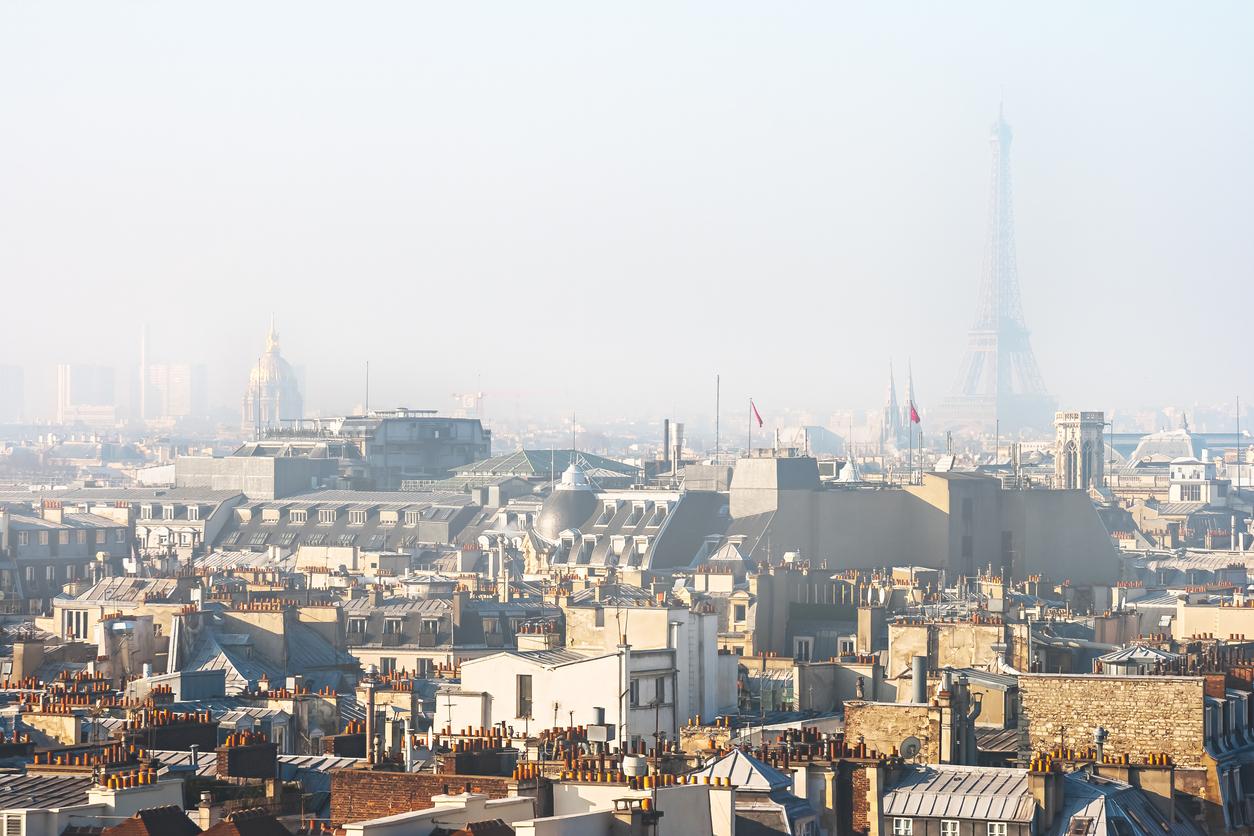Air pollution with fine particles would accentuate age-related macular degeneration because of oxidative stress and the repeated inflammation it would cause in the eyes.
-1611660699.jpg)
- Age-related macular degeneration is a disease of the retina that affects people over the age of 50.
- According to the WHO, this disease will potentially affect 300 million people in 2040.
- Atmospheric pollution, particularly PM2.5 fine particles, increases the risk of developing AMD by 8%.
To keep good eyesight for as long as possible, you have to be careful about air pollution. This is the conclusion drawn by English researchers as part of their study on age-related macular degeneration (AMD). According to them, air pollution is linked to an increased risk of progressive and irreversible loss of sight. The results were published in the British Journal of Ophthalmology.
A disease that will affect 300 million people in 2040
Age-related macular degeneration is a disease that affects the retina from the age of 50. It is characterized by progressive degeneration of the macula, the central part of the retina. This pathology is favored by smoking, the genetic heritage of each but also by age. Thus, AMD is a painless disease but which causes distortion in the field of vision, making all images blurry and “bulging”. AMD is the leading cause of irreversible blindness in people over 50 in high-income countries. According to the World Health Organization (WHO), AMD will potentially affect 300 million people by 2040.
In order to understand the effects of pollution on eyesight, the research team measured the level of ambient air pollution with fine particles (PM2.5), nitrogen dioxide (NO2) and oxides of nitrogen (NOx) through estimates provided by the Small Area Health Statistics Unit as part of the BioSHaRE-EU project on environmental determinants of health.
Oxidative stress and retinal inflammation
For this, the researchers relied on data from 115,954 UK Biobank (UKBB) study participants aged 40 to 69 with no eye problems at the start of this study in 2006. To account for , participants were asked to report any formal diagnosis of AMD made by a physician and indicate structural changes in the thickness and/or number of light receptors in their retina. In addition, 52,602 people were assessed using retinal imaging (a non-invasive optical coherence tomography technique).
Of the total number of study participants, 1,286 (just over 1%) were diagnosed with AMD. Of the 52,602 people whose eyes were assessed, 75% of those with a clinical diagnosis of AMD showed evidence of AMD on retinal imaging, compared with only 12% of those without a clinical diagnosis of AMD . Taking into account potentially influential factors, including health conditions and lifestyle, data analysis shows that higher exposure to PM2.5 fine particles is associated with a higher risk (8%) of AMD, while all other pollutants, except coarse particles, are associated with changes in the structure of the retina.
According to their observations, ambient air pollution would have a plausible link to AMD because of the oxidative stress and inflammation that our eyes undergo. “It is possible that the observed structural features are not related to AMD, but are associated with pollution-induced retinal toxicity. However, the direction of the relationships between air pollution and AMD and the associated retinal layer thicknesses indicate that greater exposure to air pollution may make cells more vulnerable and increase the risk of AMD. Our findings add to growing evidence of the harmful effects of ambient air pollution, even at relatively low exposure. If replicated, this would support the idea that air pollution is an important modifiable risk factor for AMD.”, conclude the researchers.
.

















